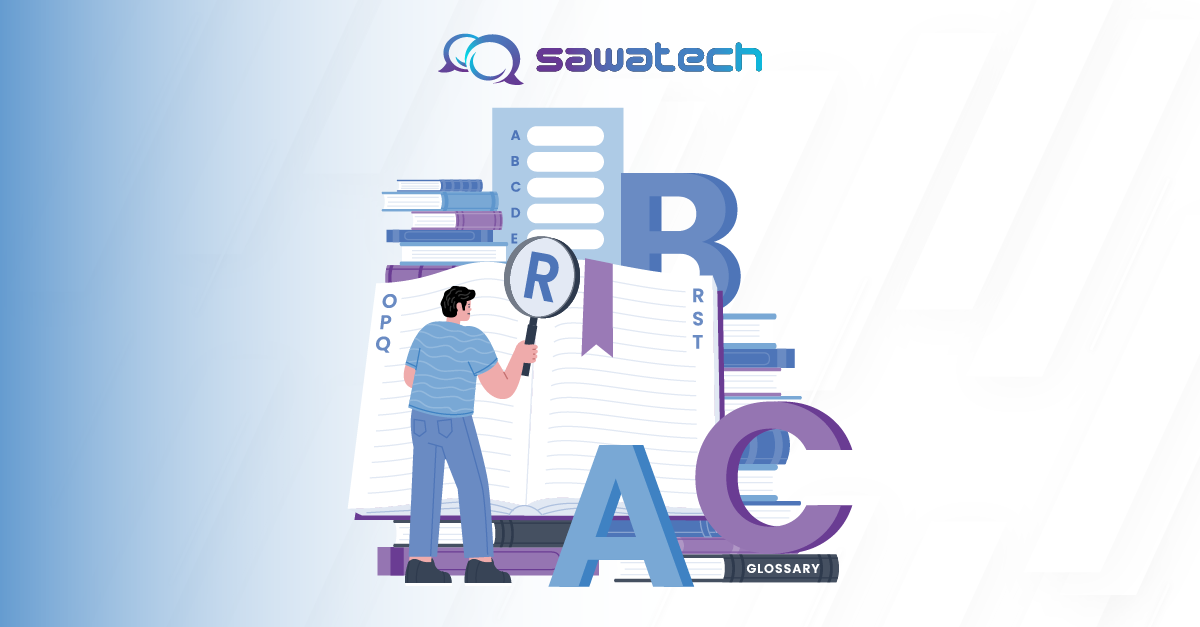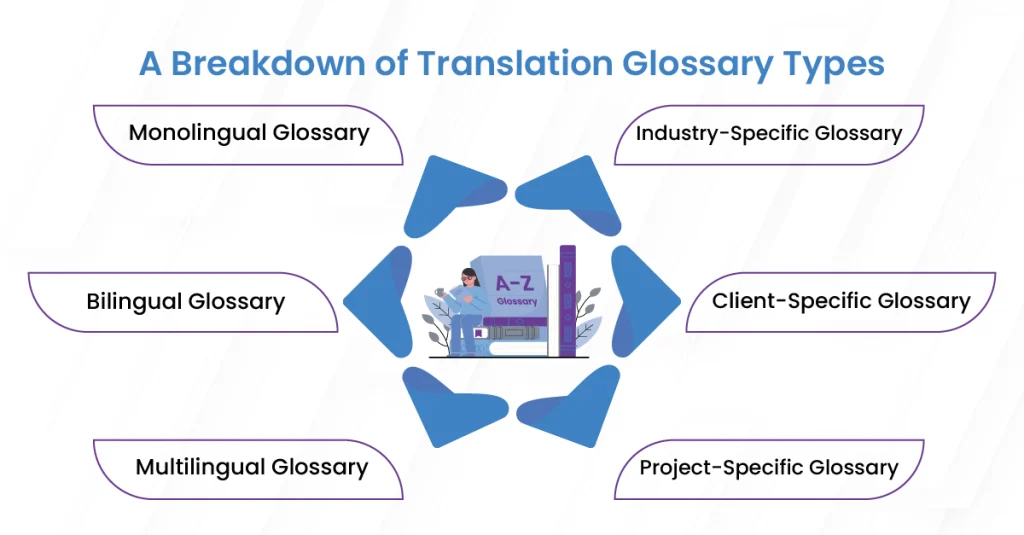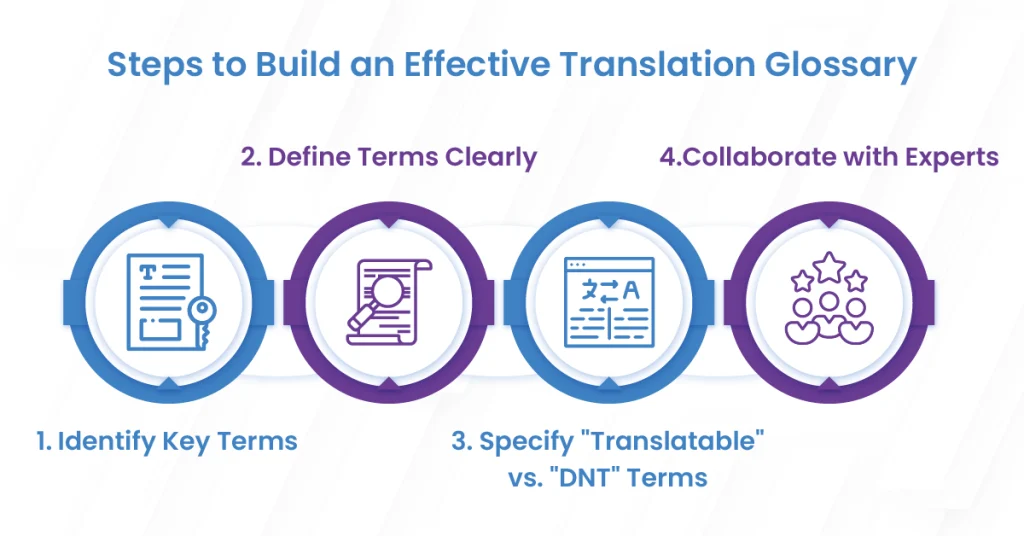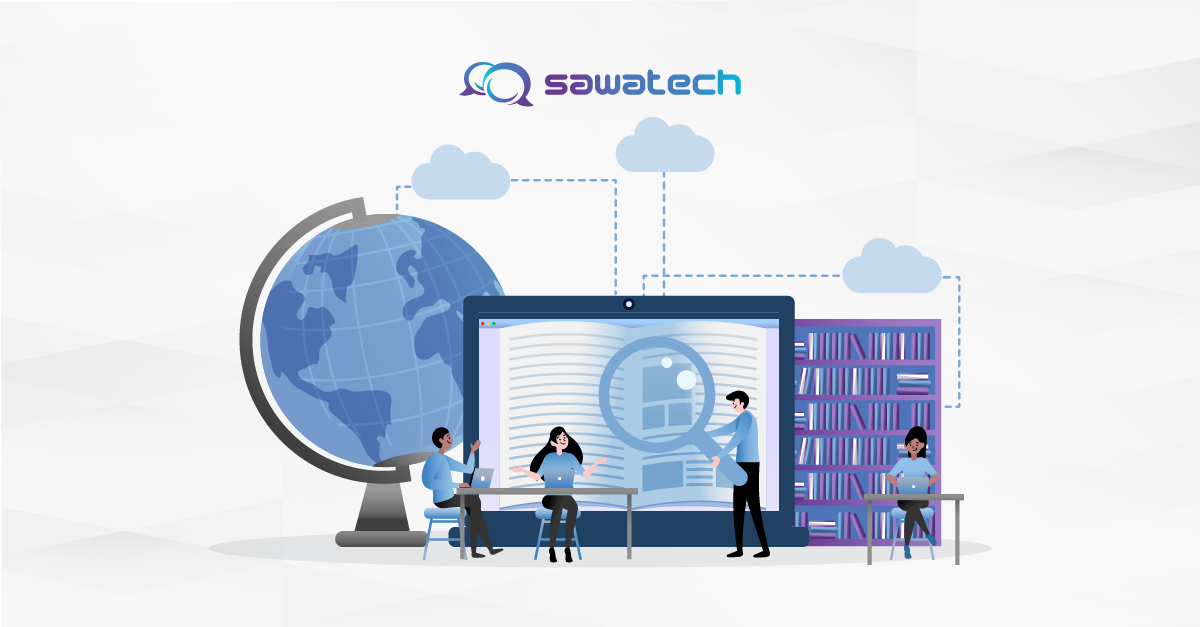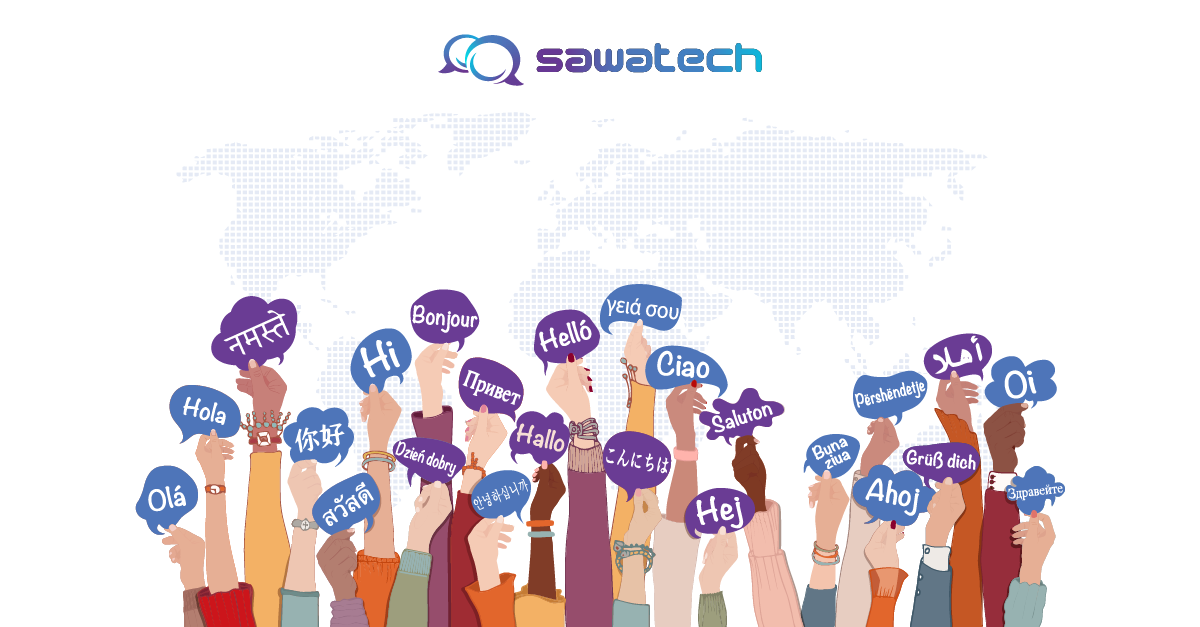Expanding into new markets means more than just translating words. It means getting your message right, every time. That’s where a translation glossary becomes essential.
A Translation Glossaries is a reference guide filled with approved translations of key terms, helping businesses maintain brand voice, reduce errors, and streamline localization. Companies that use glossaries see a significant reduction in translation mistakes and enjoy faster turnaround times. Whether you’re dealing with product names, technical terms, or marketing slogans, a glossary keeps your messaging clear and consistent across every language. It also empowers translators to work more efficiently and confidently. Simply put, a translation glossary is a smart investment for global growth.
Learn how our Machine Translation Post-Editing Services leverage glossary integration to deliver accurate, brand-aligned multilingual communication.
What is a Translation Glossary?
A translation glossary is a list of important terms and their approved translations. It serves as a foundational tool in any localization process, especially when accuracy and consistency are critical. Glossaries often include:
- Industry-specific terms
- Product names or trademarks
- Branded language or slogans
- Commonly used phrases
- Do Not Translate (DNT) items
Each glossary entry may include the source term, translated equivalent, usage notes, grammatical preferences, and context to eliminate ambiguity.
These tools minimize misinterpretation and create a centralized reference point that translators, writers, editors, and project managers can all use, ensuring unified communication across channels.
Why Are Translation Glossaries Important?
The Business Benefits of Using a Glossary
A translation glossary enhances the quality, speed, and efficiency of your localization efforts. Key advantages include:
- Consistency: Especially important in technical, legal, or branded content where terminology must remain precise.
- Fewer Errors: Glossaries reduce the chances of misinterpretation, mistranslation, or culturally insensitive terms.
- Faster Translation: Translators spend less time researching terminology and more time delivering accurate content.
- Increased Productivity: With terms clearly defined, teams can work faster and more confidently.
- Stronger Localization: Glossaries support marketing adaptation, helping messages resonate with local audiences while maintaining brand voice.
In short, using a glossary ensures that your global content is not just translated—it’s optimized, culturally relevant, and aligned with your brand voice. Start using a translation glossary today to enhance your Marketing Localization and achieve seamless, error-free communications across all markets
Types of Translation Glossaries
1. Monolingual Glossary
- Contains terms in only one language.
- Useful for defining terms for writers, editors, or content teams.
- Example: A style guide glossary for English marketing terms.
2. Bilingual Glossary
- Lists source terms and their direct equivalents in one target language.
- Most commonly used in translation projects.
- Example: English–Arabic glossary for legal terms.
3. Multilingual Glossary
- Includes terms and their translations in multiple target languages.
- Ideal for global content projects.
- Example: A product terminology glossary for 10+ markets.
4. Industry-Specific Glossary
- Focuses on terminology from a particular field (e.g., medical, legal, tech).
- Ensures subject-matter accuracy.
- Example: A medical glossary for pharmaceuticals.
5. Client-Specific Glossary
- Customized glossary based on a particular client’s preferences and brand voice.
- Maintains consistency across all projects for that client.
- Example: A company’s brand terms and approved product names.
6. Project-Specific Glossary
- Created for a single project with terms unique to that context.
- Especially useful for large-scale or one-off assignments.
- Example: Glossary for a localized marketing campaign.
How to Create and Manage a Translation Glossary
To maintain clarity and consistency in multilingual content, developing a well-structured translation glossary is essential. This section breaks down the key steps to creating and managing a glossary that supports accurate translations and reinforces your brand identity across different languages and markets.
Step 1: Identify Key Terms Review your content and highlight branded language, technical terms, product names, or frequently used phrases.
Step 2: Define Terms Clearly Provide translations along with definitions, context, and usage notes to help translators understand the term’s intent.
Step 3: Specify “Translatable” vs. “DNT” Terms Mark terms that should remain untranslated—like product names or trademarks—as DNT (Do Not Translate) to avoid brand inconsistency.
Step 4: Collaborate with Experts Work with linguists and subject matter experts to ensure terminology is accurate, especially in highly regulated industries.
Managing Translation Glossaries Effectively
Creating a translation glossary is just the beginning—its true value lies in how well it is maintained and integrated into your localization workflow. Effective glossary management ensures that your terminology remains consistent, culturally relevant, and aligned across all teams and languages. Here are key best practices to keep your glossary dynamic and impactful:
Regular Updates
Language and products evolve, so should your glossary. Continuously update it to include new terms, revised definitions, or changes in branding to keep it accurate and relevant. This proactive approach prevents outdated terminology from creeping into your translations.
Adapt for Culture
Localization goes beyond direct translation. Adjust glossary terms to reflect cultural nuances and local preferences, ensuring your content resonates authentically with each target audience. This cultural sensitivity enhances user engagement and brand perception.
Multilingual Management
Managing terminology across multiple languages can be complex. Leverage glossary management tools or Translation Management Systems (TMS) to centralize your glossary, streamline updates, and maintain consistency across all language versions effortlessly.
Standardize Across Teams
Terminology consistency starts internally. Align your glossary usage across departments, such as marketing, legal, and product teams, to unify your brand voice and avoid conflicting language in different content streams.
A well-maintained translation glossary is more than a reference—it’s a strategic asset that saves time, reduces costly revisions, and ensures alignment throughout your entire content lifecycle. By investing in effective glossary management, you empower your localization efforts to deliver clear, consistent, and culturally appropriate messaging worldwide.
Best Practices for Using Translation Glossaries
Doubt it or not, a translation glossary is only as effective as the way it’s used. To ensure your glossary truly enhances translation quality and consistency, consider these best practices:
Involve Subject Matter Experts (SMEs)
Collaborate closely with SMEs to validate terminology accuracy and ensure industry-specific language is correctly represented. Their expertise helps avoid misunderstandings and ensures translations meet professional standards.
Train Translators
Provide thorough training for your translators on how to navigate the glossary, interpret definitions, and apply usage notes. This empowers them to make informed decisions and maintain consistency across all content.
Run QA Checks
Incorporate quality assurance processes specifically focused on glossary adherence. Regularly review translations to verify that glossary terms are used correctly and consistently, reducing errors and rework.
Track Changes
Maintain a detailed log of all glossary updates, including term additions, modifications, and removals. This transparency helps teams stay informed about terminology evolution and supports version control.
Encourage Feedback from Translators
Create channels for translators to suggest glossary improvements or flag ambiguous terms. Their frontline experience can provide valuable insights to refine and expand your glossary.
Integrate Glossary with Translation Tools
Where possible, link your glossary directly to your Translation Management System (TMS) or Computer-Assisted Translation (CAT) tools. This integration streamlines access and prompts translators with approved terms during their workflow.
Standardize Formatting and Structure
Keep glossary entries consistent in format—clear definitions, context, examples, and usage notes. A standardized structure helps translators quickly find and understand terms without confusion.
Review Glossary Periodically
Schedule regular reviews of your glossary with cross-functional teams to ensure it remains aligned with evolving business goals, product updates, and market trends.
Promote Cross-Departmental Collaboration
Encourage input from marketing, legal, product, and customer support teams to capture a comprehensive set of terms and ensure that the glossary supports all aspects of your brand communication.
Following these best practices ensures your glossary isn’t just a reference but an active tool that drives quality and consistency.
Get Started with Professional Glossary Management Today!
Partner with Sawatech for expert glossary creation and management services tailored to your industry and brand. With deep expertise in translation and localization, Sawatech ensures your terminology remains consistent, accurate, and aligned with your brand voice across all languages and projects. Whether you work in technology, healthcare, finance, or any specialized field, Sawatech’s team of skilled linguists and subject matter experts will help you build and maintain glossaries that boost translation quality and efficiency. Let us help you streamline your communication and strengthen your global presence.

